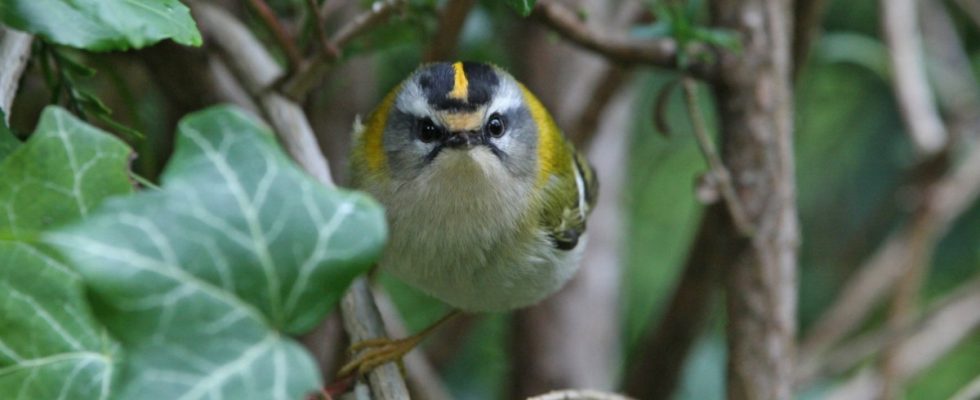Some observations during the “Hour of the Winter Birds” campaign in early January in Bavaria in 2024 surprised the experts. As the Bavarian nature conservation association LBV (State Association for Bird and Nature Conservation) and the nationwide partner Nabu announced on Thursday, participants had reported birds from the long-eared owl to the waxwing.
Bird watchers from the districts of Rosenheim, Neu-Ulm and Munich were amazed when they discovered summer goldcrests in the garden. A participant in the Würzburg district saw several long-eared owls on a tree opposite from her balcony. The results showed, among other things, that some short-distance migrants such as blackcaps, chiffchaffs and black redstarts were found in the gardens in similar numbers to previous years despite the capricious weather, said LBV biologist Angelika Nelson.
Due to icy temperatures and snow in Scandinavia, numerous birds from the north also flew to the feeding stations in Bavaria on the counting weekend (January 5th to 7th): bullfinches, bramblings, grosbeaks and long-tailed tits were some of them traveling in large groups. Waxwings also appeared in some places. House sparrows, great tits and tree sparrows are the most commonly seen birds. The blue tit flew into fourth place, ahead of the blackbird. According to the LBV, the bird species in the top five places are therefore unchanged.
The other most common species are chaffinch, greenfinch, magpie, siskin and robin. 26,500 participants in Bavaria reported more than 600,000 birds for the citizens’ campaign. Compared to last year, observers counted an average of 32 birds per garden at this year’s “Hour of the Winter Birds”, compared to 30 last year. However, the bird population does not look so positive, said Nelson. Since the start of the campaign, the number of birds reported per garden has been steadily decreasing.

